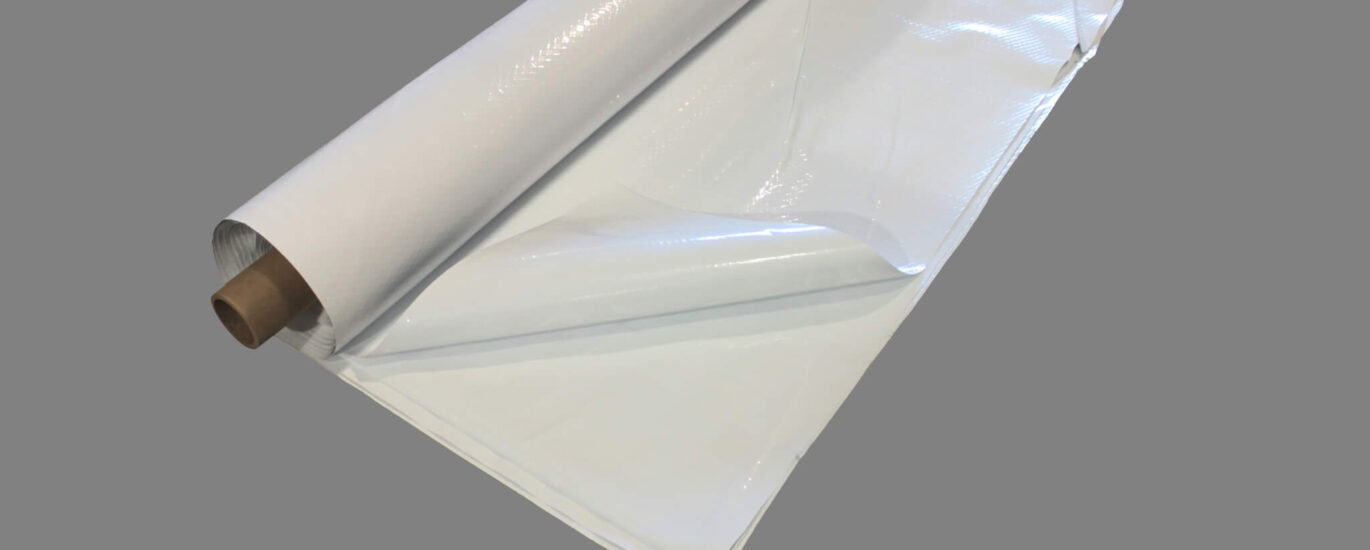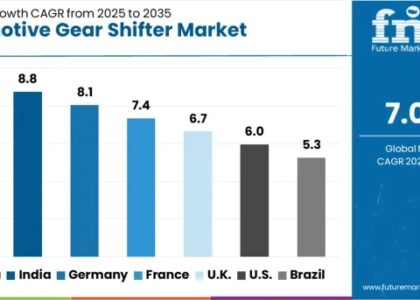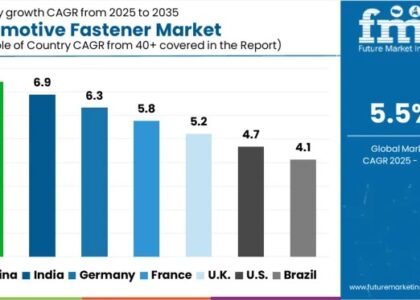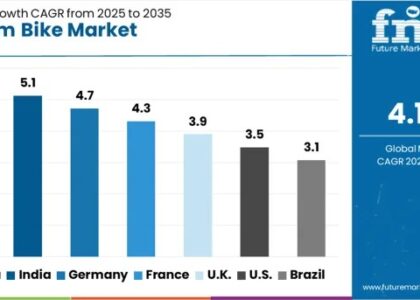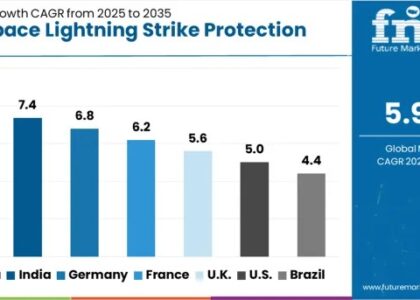A vapor barrier is a crucial component in construction and insulation systems. Typically made of plastic or foil materials, it’s installed to prevent moisture vapor from permeating through walls, floors, or roofs. By blocking moisture, it prevents issues like mold growth, structural damage, and energy loss. Vapor barriers are particularly essential in humid climates, where condensation can be a significant concern. Proper installation of vapor barriers ensures a healthier and more energy-efficient indoor environment.
The vapour barrier market size is expected to reach a value of roughly US$ 18,268.8 million by 2033, according to Future Market Insights. The market is likely to be valued at around US$ 11,431.3 million in 2023. The global market is expected to increase at a 4.8% CAGR during the forecast period.
The market is expected to be driven by the rising demand for energy-efficient buildings, particularly in developed countries. In addition, increasing awareness about the benefits of vapour barriers in preventing moisture damage and improving indoor air quality is driving demand. Moreover, the growing construction industry in emerging economies is also expected to boost the demand for vapour barriers.
The vapour barrier industry also faces several restraints despite the growth prospects. One of the key restraints is the lack of awareness and knowledge about the benefits of vapour barriers in many regions, particularly in developing economies. In addition, the availability of low-cost alternatives is a challenge for the growth of the vapour barrier market.
There are several opportunities for players in the vapour barrier industry. The increasing demand for eco-friendly and sustainable building materials presents a significant growth opportunity. Additionally, the adoption of advanced technologies such as smart sensors and artificial intelligence in vapour barrier manufacturing and installation also presents an opportunity for growth.
The vapour barrier industry is witnessing several latest trends that are shaping the industry’s future. One of the key trends in the adoption of green materials is vapour barrier manufacturing, as companies seek to reduce their carbon footprint. Another trend is the growing popularity of vapour barriers for retrofit applications, as building owners seek to improve energy efficiency and reduce operating costs.
Accelerate Your Success: Unlock the Secrets of the Vapour Barrier Market – Download the Sample Report! https://www.futuremarketinsights.com/reports/sample/rep-gb-3084
The increasing use of vapour barriers in the industrial sector, particularly in the food and beverage and pharmaceutical industries, is expected to drive market growth in the coming years.
Key Takeaways from the Vapour Barrier Market:
- In 2022, the United States held a 25.1% share of the global market for vapour barriers.
- Through 2033, China’s demand for vapour barriers is anticipated to expand at a CAGR of 6%.
- The demand for vapour barriers is increasing significantly in India with a CAGR of 6.3% during the predicted period.
- Construction’s residential sub-segment held about 45.3% market share in 2022, dominating the sector.
- Throughout the projected period, it has been predicted that the polymer segment might have a share of roughly 25%.
- The market was dominated by the waterproofing domain in 2022 with a 15.4% share.
How Players are Revolutionizing the Industry with Their Unique Innovative Strategies?
The vapour barrier market is highly competitive, with several established players dominating the industry. The competition in the market is primarily based on factors such as product quality, price, and distribution network. The key players in the market include companies such as GAF, Johns Manville, and DuPont.
To maintain their market leadership, prominent companies are working on producing novel products that provide superior performance while being cost-effective. They are also investing in expanding their distribution networks to reach a large audience.
Companies are also focused on strategic alliances and cooperation with other market participants to increase their position. The adoption of green and sustainable construction methods is the most recent market trend. This has resulted in the creation of environment-friendly vapour barriers constructed from recyclable materials and with a small carbon footprint.
Players in the market are focusing on the development of smart vapour barriers that can monitor and regulate humidity levels in buildings. This is expected to drive the demand for vapour barriers in the future.
Unwrap the Process Behind the Precision: Dive into Our Transparent Report Methodology! https://www.futuremarketinsights.com/request-report-methodology/rep-gb-3084
Key Developments in the Market:
- In 2019, GAF introduced a new line of polyiso insulation and vapour barrier products that are designed to improve the energy efficiency of commercial buildings.
- In 2020, Johns Manville announced the launch of its new line of Formaldehyde-free™ insulation and vapour barrier products. The new products are made from recycled materials and are designed to improve indoor air quality.
- In 2021, DuPont announced the launch of its Tyvek® Fluid Applied WB+™ system, a vapour barrier solution that offers improved durability and reduced air leakage for commercial and residential construction projects.
Vapour Barrier Market Segmentation
By Material:
- Glass
- Sheet Metal
- Polymer
- Polyethylene
- Rubber
- Extruded Polystyrene
- Membranes
- Asphalt & Bitumen
- Gypsum Board
- Drywall/Board Lumber
- Plywood
- Concrete/Brick
By Type:
- Membranes
- Sheet
- Fluid
- Peel & Stick
- Films
- Coatings
- Liquid
- Aerosol/Spray Based
- Cementitious Water Proofing
- Stacking & Filling
By Application:
- Corrosion Resistance
- Insulation
- Air Insulation
- Sound Insulation
- Thermal Insulation
- Water Proofing
- Grade 1
- Grade 2
- Grade 3
- Material Packaging & Stacking
- Microbial & Fungal Resistance
By End Use:
- Construction
- Residential Buildings
- Commercial Buildings
- Industrial Facilities
- Car parks & Underground Basements
- Packaging
- Automotive
By Region:
- North America
- Latin America
- Europe
- East Asia
- South Asia
- Oceania
- The Middle East & Africa
About Future Market Insights (FMI)
Future Market Insights, Inc. (ESOMAR certified, recipient of the Stevie Award, and a member of the Greater New York Chamber of Commerce) offers profound insights into the driving factors that are boosting demand in the market. FMI stands as the leading global provider of market intelligence, advisory services, consulting, and events for the Packaging, Food and Beverage, Consumer Technology, Healthcare, Industrial, and Chemicals markets. With a vast team of over 5,000 analysts worldwide, FMI provides global, regional, and local expertise on diverse domains and industry trends across more than 110 countries.
Contact Us:
Nandini Singh Sawlani
Future Market Insights Inc.
Christiana Corporate, 200 Continental Drive,
Suite 401, Newark, Delaware – 19713, USA
T: +1-845-579-5705
For Sales Enquiries: sales@futuremarketinsights.com
Website: https://www.futuremarketinsights.com
LinkedIn| Twitter| Blogs | YouTube


